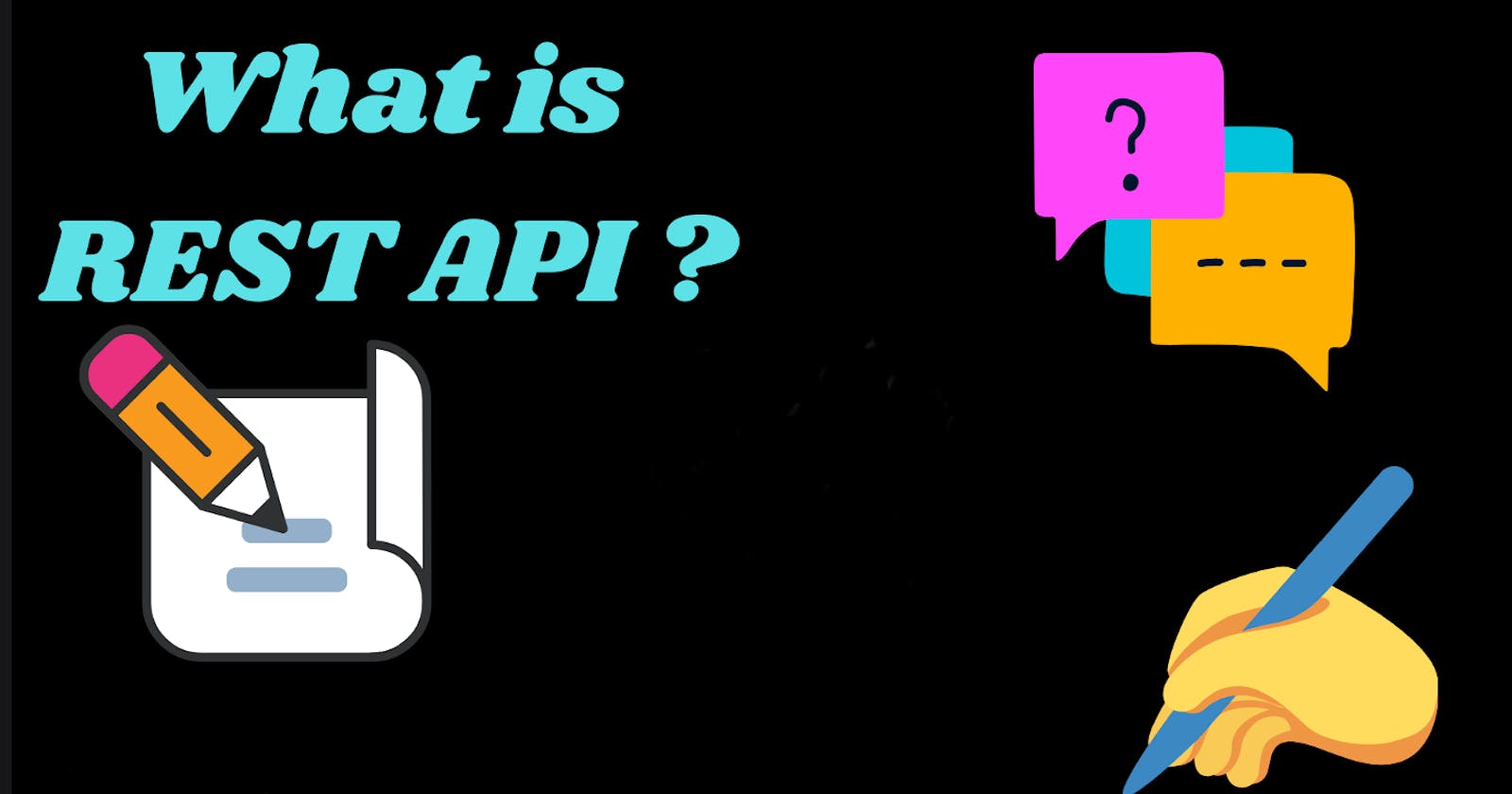Introduction to RESTful APIs 🚀
In the realm of digital communication, RESTful APIs stand as pivotal bridges between disparate software applications, much like bridges in a bustling city facilitate the smooth flow of traffic. This comprehensive guide aims to unravel the intricacies of RESTful APIs, offering insights into their core principles, practical design patterns, and best practices for effective implementation.
The Essence of APIs: Communication Enablers in Software 🤝
What is an API? 🧩
An Application Programming Interface (API) serves as the crucial link that allows different software applications to communicate, akin to a translator in a multilingual meeting. It provides a set of protocols and tools for building and interacting with software, enabling data exchange and functionality sharing across diverse systems.
The Role of APIs: The Glue of the Digital World 🔗
APIs are the unsung heroes of the software world, playing key roles in:
Integration: Like a universal plug adapter, they connect different systems, allowing them to work together seamlessly.
Modularity: APIs are like LEGO blocks, enabling developers to build scalable and maintainable applications by piecing together different functionalities.
Flexibility: They offer the adaptability to enhance and extend applications, much like adding new features to a smartphone.
Deep Dive into RESTful APIs 🌊
Defining RESTful API 📜
A RESTful API, embodying the principles of Representational State Transfer (REST), is a set of guidelines for creating APIs that use HTTP requests to access and manipulate data. Imagine RESTful APIs as a set of rules for a game, ensuring that all players (software applications) interact smoothly and predictably.
Core Principles of RESTful APIs 🛠️
RESTful APIs are built on six foundational principles:
Client-Server Architecture: This separates concerns between user interface and data storage, akin to having a kitchen (client) and a storeroom (server) in a restaurant for efficiency.
Statelessness: Each request contains all the necessary information, making the API scalable and independent, similar to a self-contained order in a restaurant.
Cacheability: Responses can be stored for faster access, much like keeping ready-to-serve dishes for popular orders.
Layered System: Simplifies interactions by organizing components in layers, similar to the different departments in a large company.
Code on Demand (Optional): Enhances client functionality by sending executable code, like a chef sending a recipe to be cooked at home.
Uniform Interface: Ensures a standardized way of communication, akin to a fixed menu in a restaurant.
Best Practices for Implementing RESTful APIs 🌟
1. Use HTTP Methods Properly 🛣️
Think of HTTP methods like different types of interactions in a conversation:
GET: Asking for information.
POST: Adding new information or resources.
PUT: Changing existing information.
PATCH: Adjusting a part of the information.
DELETE: Removing information.
2. Intelligent URI Structure 🗺️
Designing URIs should be like naming streets in a city – clear, logical, and intuitive. Prefer plural nouns to represent resources, ensuring clarity and consistency.
3. Embrace Meaningful HTTP Status Codes 🚦
HTTP status codes are like traffic signals on the internet highway, guiding the flow of data and providing immediate feedback on the request's outcome.
4. Version Control: The Time Machine of APIs 🕰️
Managing API versions is crucial for adapting to changes over time, similar to updating editions of a textbook to include the latest knowledge.
Supercharging RESTful APIs with Apache APISIX 🚀
Apache APISIX enhances RESTful APIs by:
Layered System: Separating business logic from security logic, like different layers in a security system.
Load Balancing: Distributing requests efficiently, akin to air traffic control managing incoming and outgoing flights.
Making APIs More RESTful: Standardizing older APIs, much like renovating old buildings to meet modern standards.
Conclusion: Embracing the Power of RESTful APIs 🌟
RESTful APIs are the linchpins of modern software architecture, facilitating robust, scalable, and flexible digital communication. By embracing REST principles and best practices, and leveraging tools like Apache APISIX, developers can craft state-of-the-art applications ready for the challenges of the digital age. As we continue to witness the evolution of technology, the mastery of RESTful APIs becomes increasingly crucial in the toolkit of every software developer.

